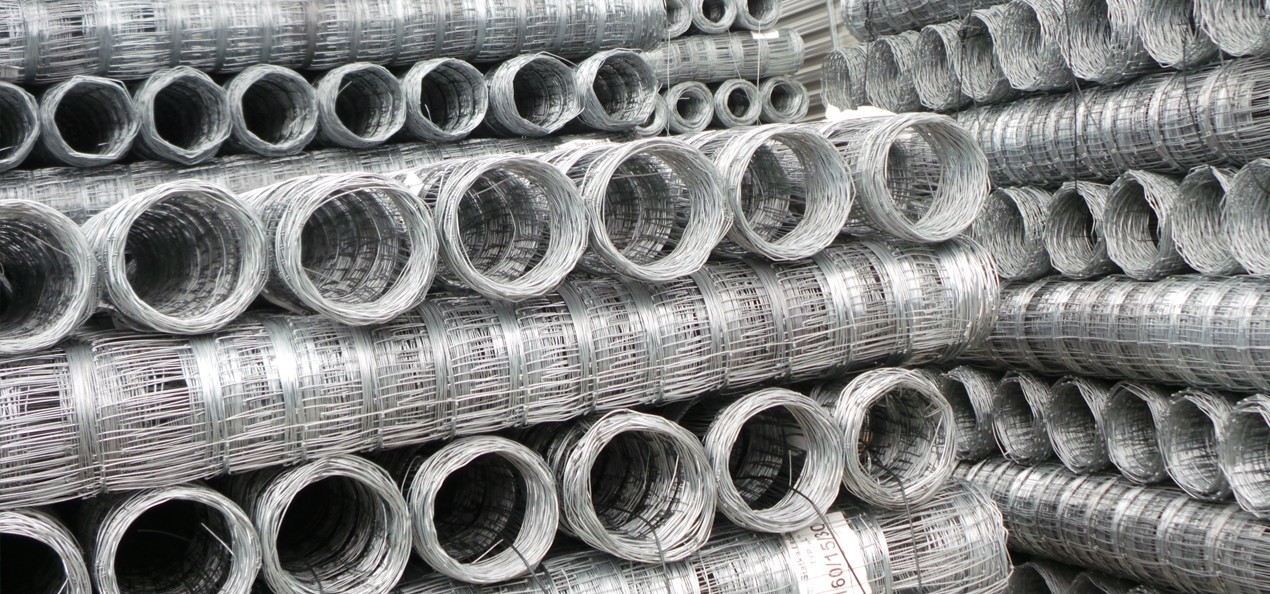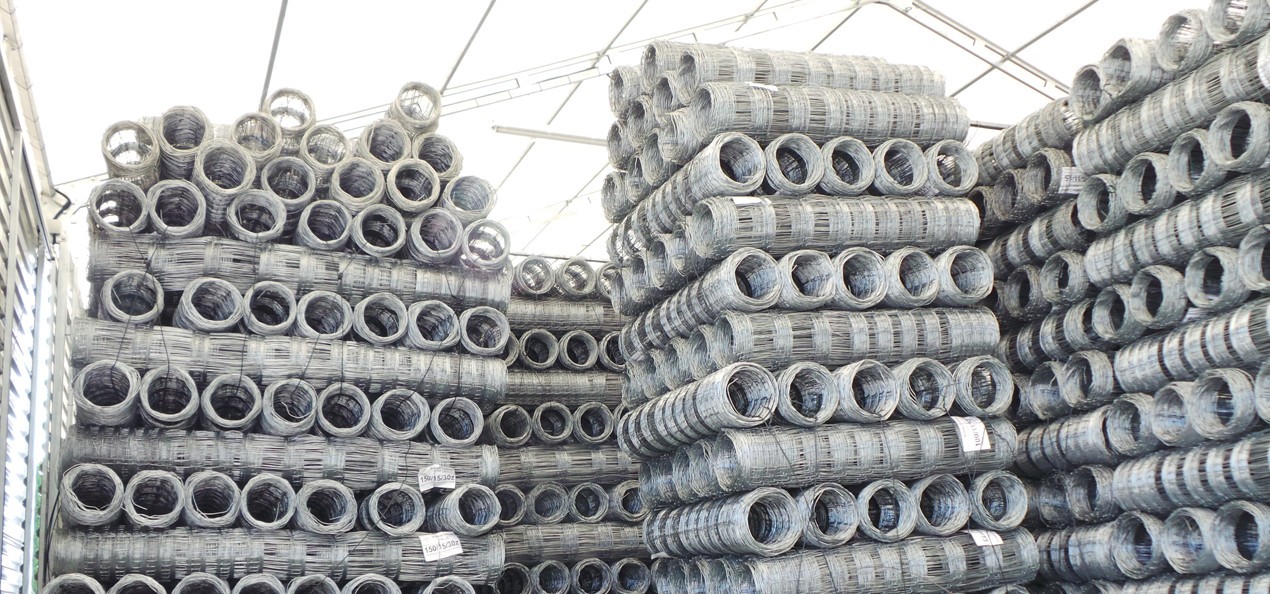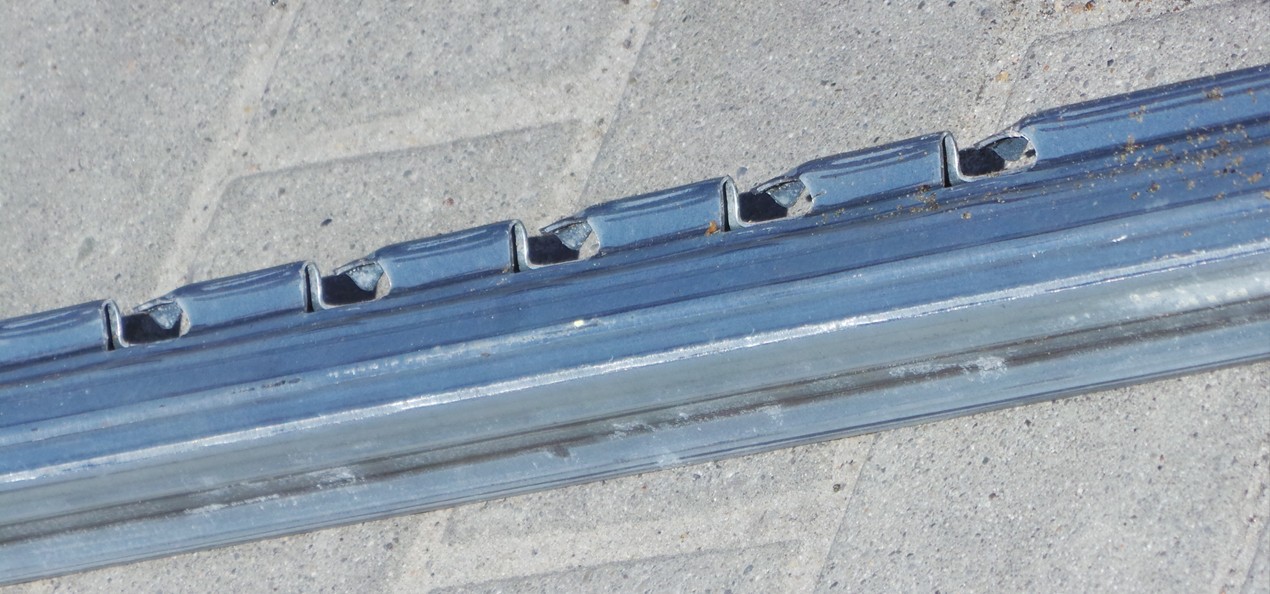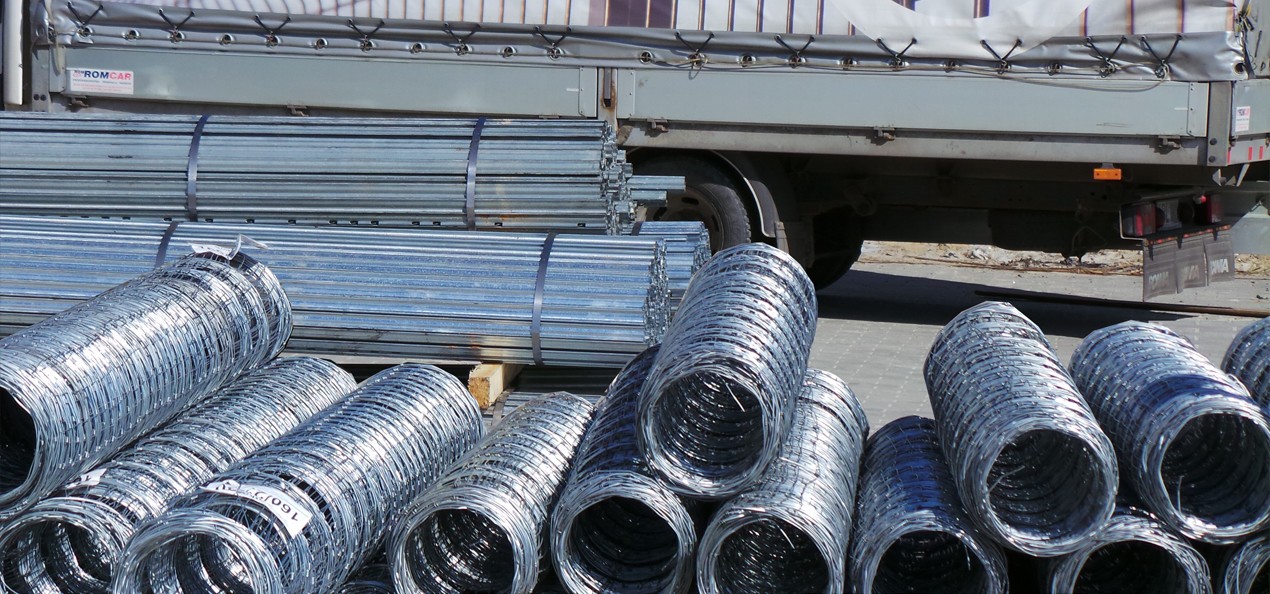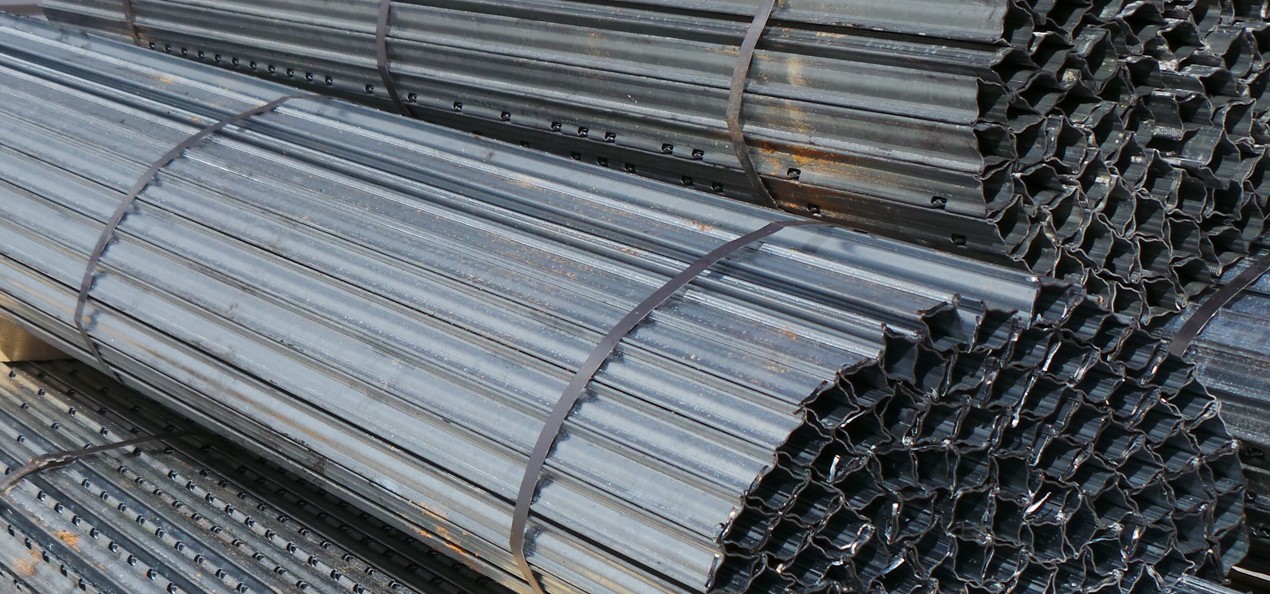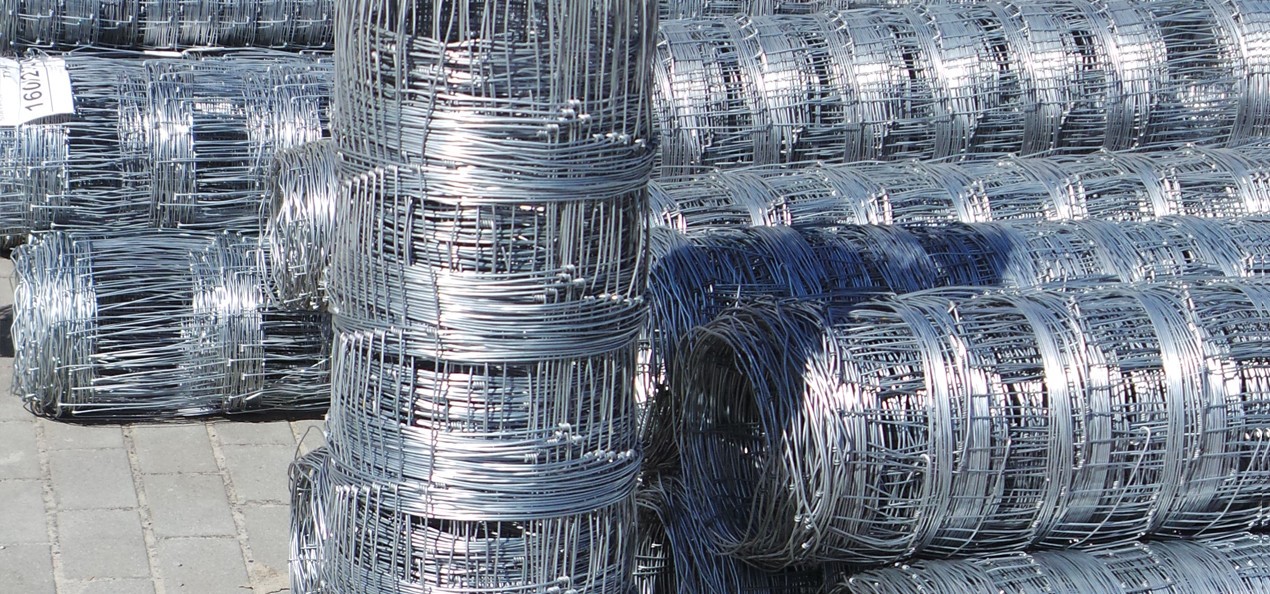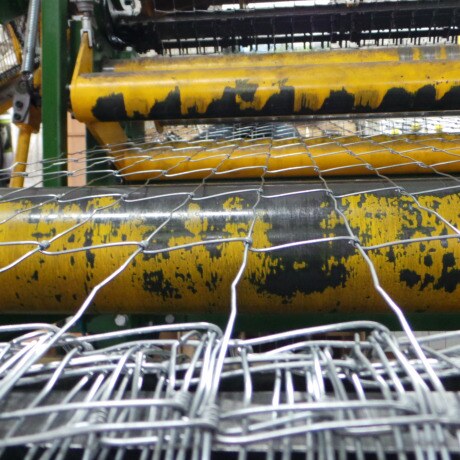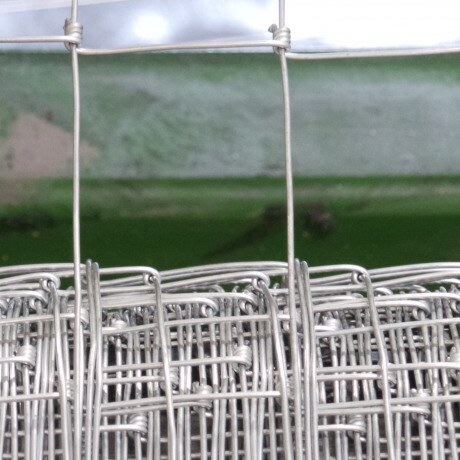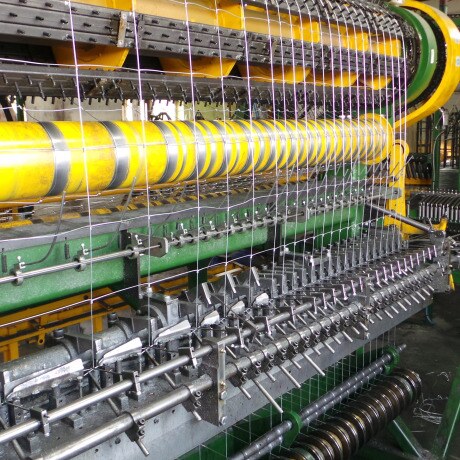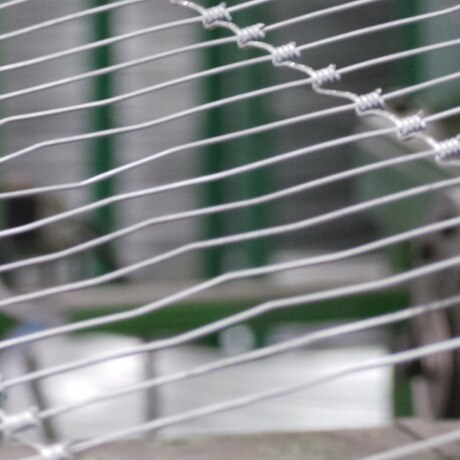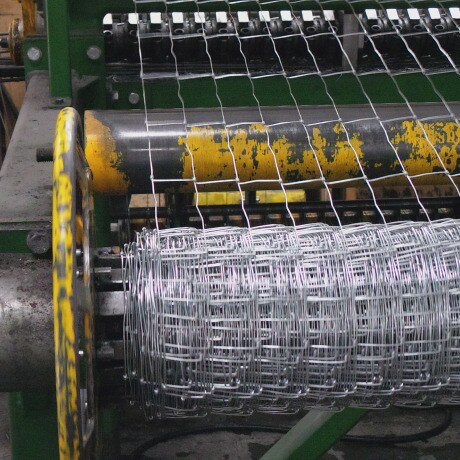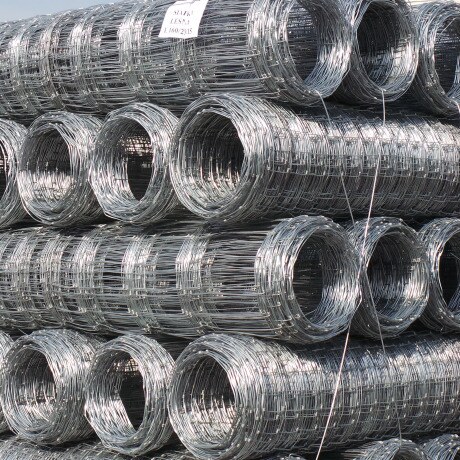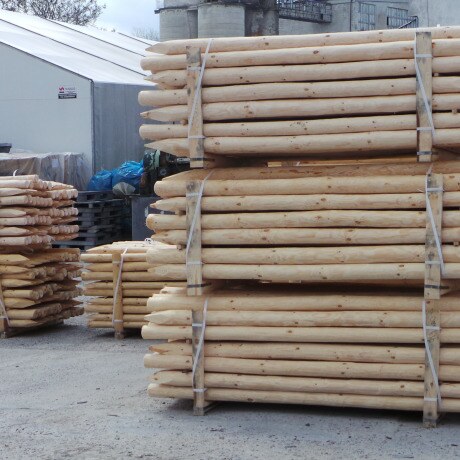Forestry netting type M
The main feature of M-type (MEDIUM) forest netting is its resistance to mechanical damage and harsh weather conditions. It is manufactured from solid galvanised wires with a diameter of 2.5 mm for the edge wires and 2.0 mm for the others. M-type nets protect forest and agricultural areas as well as highways, motorways and railway tracks from wildlife. They also make it difficult for thieves and other uninvited guests to enter construction sites, recreational plots and holiday properties. They are well protected against corrosion thanks to their zinc coating and will last for many years.
Application
Economical and effective M-type forestry nets are used for protection:
- woodland and agricultural land,
- motorways, motorways and coloured tractions,
- pastures and paddocks for livestock,
- orchards, gardens,
- building and recreational plots, etc.
Due to their strength, M-type forest nets are used to protect areas from incursions by larger animals e.g. wild boar, deer. However, if smaller or weaker animals such as hares or deer pose a greater threat to the area, we recommend our L-type forest nets.
Technical specifications
The dimensions of the forest grid are described by three numbers:
- The first indicates the height of the grid in centimetres,
- the second gives the number of horizontal (longitudinal) wires in pieces,
- The third is the spacing between the individual vertical wires in centimetres.
For example: a forest net 160/23/30 is a net 160 cm high, braided with 23 horizontal wires, whose vertical wires are spaced every 30 cm. We are a manufacturer of forest netting in many variants. In our wide range of products, everyone will find the product you are looking for. The standard roll length is 50 metres.
| type of mesh | wire spacing | height of net [cm] |
number of longitudinal wires | spacing between vertical wires [cm] |
Roll length [m] |
|---|---|---|---|---|---|
| 100/18/15 | 14x5,3x10 | 100 | 18 | 15 | 50 |
| 125/13/15 | 11x10,1x15 | 125 | 13 | 25 | 50 |
| 125/13/30 | 11x10,1x15 | 125 | 13 | 30 | 50 |
| 125/18/15 | 11x5,4x10,2x15 | 125 | 18 | 15 | 50 |
| 150/17/15 | 10x5,1x10,2x15,3x20 | 150 | 17 | 15 | 50 |
| 160/15/15 | 11x10,2x15,1x20 | 160 | 15 | 15 | 50 |
| 160/15/30 | 11x10,2x15,1x20 | 160 | 15 | 30 | 50 |
| 160/20/15 | 10x5,6x10,2x15,1x20 | 160 | 20 | 15 | 50 |
| 160/20/30 | 10x5,6x10,2x15,1x20 | 160 | 20 | 30 | 50 |
| 160/23/15 | 16x5,3x10,2x15,1x20 | 160 | 23 | 15 | 50 |
| 180/24/15 | 16x5,3x10,2x15,2x20 | 180 | 24 | 15 | 50 |
| 200/17/15 | 11x10,2x15,3x20 | 200 | 17 | 15 | 50 |
| 200/17/30 | 11x10,2x15,3x20 | 200 | 17 | 30 | 50 |
| 200/22/15 | 10x5,6x10,2x15,3x20 | 200 | 22 | 15 | 50 |
| 200/22/30 | 10x5,6x10,2x15,3x20 | 200 | 22 | 30 | 50 |
| 200/25/15 | 16x5,3x10,2x15,3x20 | 200 | 25 | 15 | 50 |
M-type forestry grid diagrams
Need a forest netting for wild boar, deer or elk? Check out our convenient diagrams. They will make it easy for you to select the netting to suit your needs. If wild boars are the biggest threat to the area, the fence needs to be massive. We suggest, for example, a model with the dimensions 160/23/15. The occurrence of deer or elk requires high nets. In such a situation, the type 200/25/15 will certainly work. Unless you are concerned about damage from smaller animals, you can also opt for a sparser and therefore cheaper netting (e.g. 200/17/30).
Mounting
The simple and quick assembly of forest netting is one of its key strengths. The work does not require technical expertise or the use of heavy machinery. However, it must be done carefully and precisely. First of all, it is necessary to take care of the correct tensioning of the netting. In this way, the forest fence will fulfil its protective function for a long time.
Forestry netting is attached to steel posts using mounting brackets or to wooden posts using pins or U-shaped nails. It is lightweight, so spacing between posts can be from 2 to 5 metres. A gallery showing the installation of the netting on different types of posts is available under forest and motorway fences.


